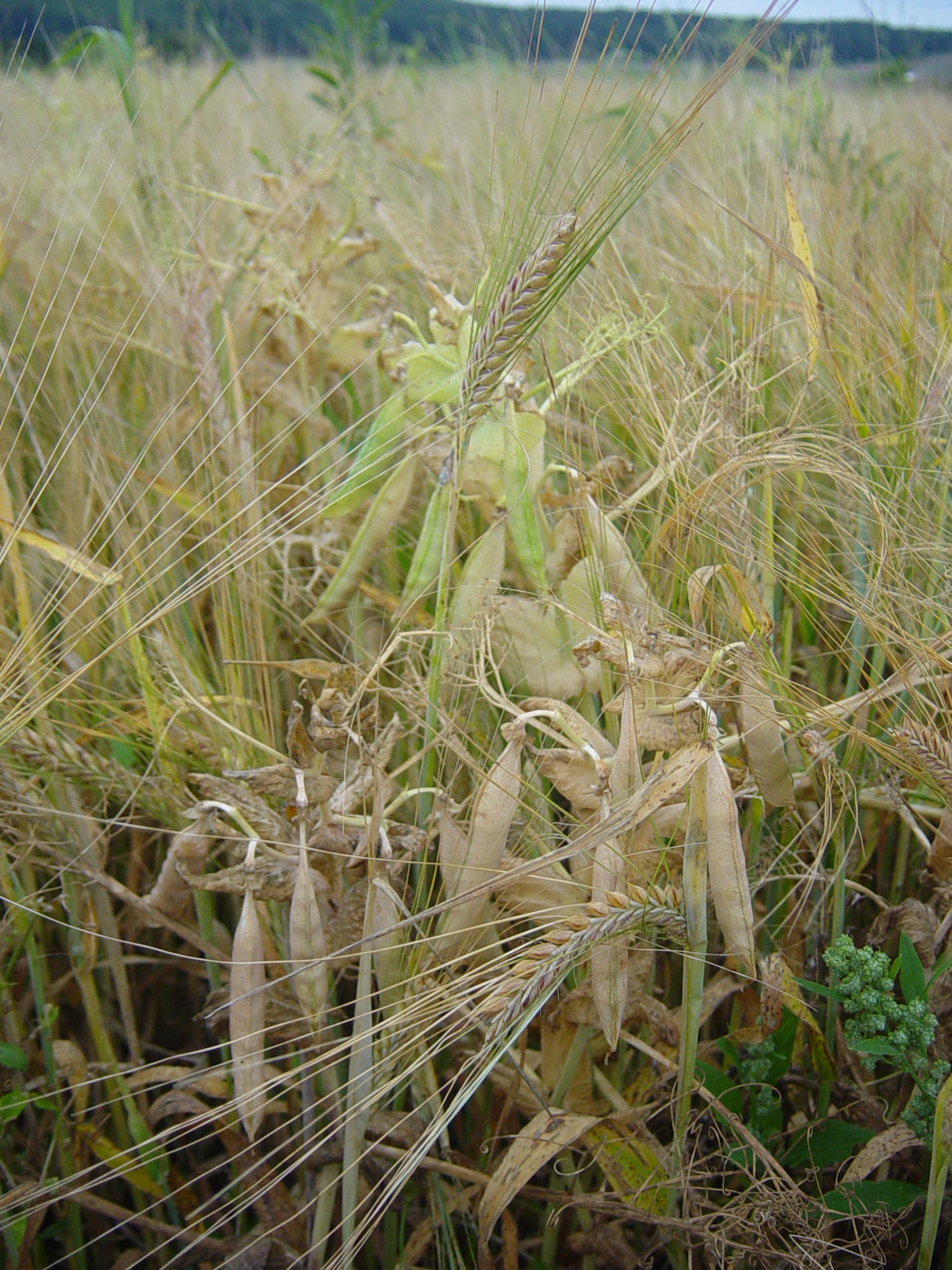Do you have everything you need to harvest your wholecrop?
As I write this it’s early July, though you’d never think so based on the current weather, which means it must almost be time to harvest any wholecrop you’ve got planted.
There is a relatively small window to get the best results possible for your wholecrop harvest so watch it closely! It can change from too soon to too late in literally a matter of a couple of days, depending on the weather, and can have a massive impact on the winter ahead.
Cut it too soon and you don’t get the starch you want in the grain and cut it too late and the starch levels maybe higher in the grain, but the grain becomes undigestible and so passes straight through the cow. Neither is an ideal situation.
 The ideal time to cut is around 40% dry matter for the crop, but use the grain as your guide, go when this tells you its ready, don’t worry if the rest of the plant looks a bit green still. The grain should be at that “soft cheddar” stage, even if you have a mixed wholecrop, i.e. barley & vetch, be guided by your cereal grain for when the right time to harvest is.
The ideal time to cut is around 40% dry matter for the crop, but use the grain as your guide, go when this tells you its ready, don’t worry if the rest of the plant looks a bit green still. The grain should be at that “soft cheddar” stage, even if you have a mixed wholecrop, i.e. barley & vetch, be guided by your cereal grain for when the right time to harvest is.
Wholecrop silage can be one of the most challenging crops to ensile because of the higher dry matter content, and the potential for growth of spoilage organisms, yeasts and moulds, which can cause heating and therefore the loss of valuable nutrients, and so therefore using an additive at the time of ensiling is incredibly important.
A review of 256 additive trials (Jones R, IGER 2005) showed that bacterial inoculant treated silages had higher DM digestibility and reduced levels of protein degradation. The average response in milk production trials was over 1.5 litres of milk/cow/day.
If you quickly do the sums on this there is potentially a massive return in your investment of using an additive.
Then once in the pit, and well rolled and consolidated, the pit then needs to be covered effectively to make it as airtight as possible to ensure an anaerobic fermentation. The best sheets for doing this are oxygen barrier sheets, and if you are only covering the pit once and looking to reduce your plastic usage on farm then I would have to recommend you use a Silostop Orange sheet, along with the SupaCova UV covers, as these have been proven to be a great combination for clients.
If, however you aren’t looking to invest in a new cover/net then look to use the Silostop MAX Sheet, and cover with a traditional net.
At DBL we have a range of additives, sheets, nets/covers and gravel bags available to meet your needs. Everything you should need to harvest your wholecrop, apart from maybe the ideal weather window!
If you would like to review or discuss your forage options call FAR registered Dairy Nutritionist & CowSignals® Master Andrew Jones on 07717 44288 or email andrew@dblbuyinggroup.co.uk
Recent Articles
- Do You Know the Benefits of a Health and Heat Detection System?
- Have you Ordered Your Silage Inoculant?
- Growing More Grass With Less Nitrogen, Where Do I start?
- A Real Recognition of The Importance of Food Security or Simply A Reconciling of DEFRA Budgets?
- Silage Sheet Prices Available!
- Are Your Cows at Risk of Grass Staggers?
- Feed Late Afternoon and Calve in Daylight Hours!
- Q Fever
- Aerating Your Soil Without A Machine? – Gerard Finnan
- Why Are You Not doing a Soil Management Plan?


